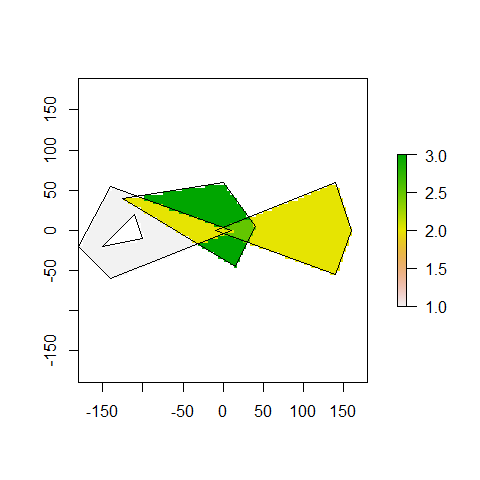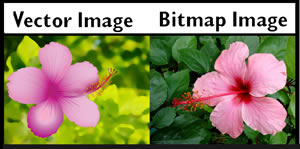

Also, the raster varies for different resolutions. The raster is slightly smaller than the physical dimensions of the display screen. A raster graphic is made up of a collection of tiny, uniformly sized pixels, which are arranged in a two-dimensional grid made up of columns and rows. ENCs are powerful and flexible navigational tools that provide users with more control over the display of the chart. The rectangular area of a display screen actually being used to display images. This additional data, which is contained directly within the ENC, might otherwise only be available by consulting the relevant Sailing Directions publication.ĮNCs used on an Electronic Chart Display and Information System (ECDIS) and integrated with other data such as GPS position, radar, planned routes, heading, speed, and draught, assist mariners and alert them to sailing hazards, warnings, and dangerous situations. For example, a wharf appears only as an image on an RNC, but an ENC can identify it as a wharf and attach attributes to it such as height, length, age, ownership, number of berths, etc. Beyond geo-referencing (positioning the scanned chart so that it appears in the right location with correct x and y coordinates), there is no intelligence or extra data in the raster image.ĮNCs are "smart charts", which means the user can click on different features, such as a light or buoy, to retrieve additional information not available in paper or raster charts. Rasters are spatial data models that define space as an array of equally sized cells, arranged in rows and columns, and composed of single or multiple bands. They are digitized by scanning the paper chart and converting each line to a raster picture element or “pixel”. The raster file format, along with vector, is one of the main two file types used for digital images. RNCs are simply an electronic image of a paper chart.
RASTER DEFINITION SOFTWARE
Both charts use navigation software to provide navigators with an electronic alternative to paper charts, resulting in safer navigation.


from The American Heritage Dictionary of the English Language, 5th Edition. Many Canadian Hydrographic Service (CHS) charts are available in digital form as either a Raster Navigational Chart (RNC) or as a vector Electronic Navigational Chart (ENC). raster: A scanning pattern of parallel lines that form the image projected. What is the difference between a raster chart and a vector chart? Raster data is a geographic data type where data is stored as a grid of regularly sized pixels along with attribute data. A scanning pattern of parallel lines that form the display of an image projected on a cathode-ray tube of a television set.


 0 kommentar(er)
0 kommentar(er)
